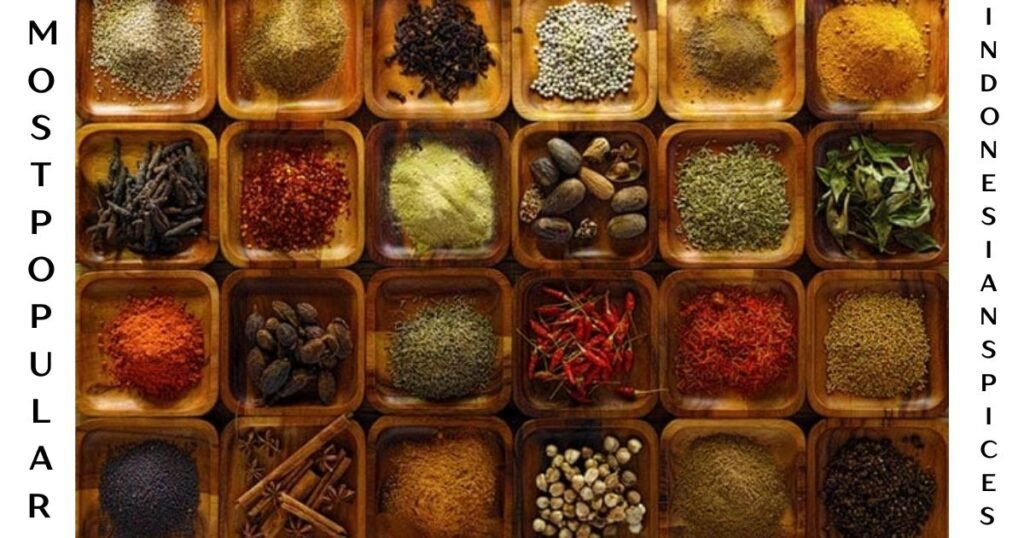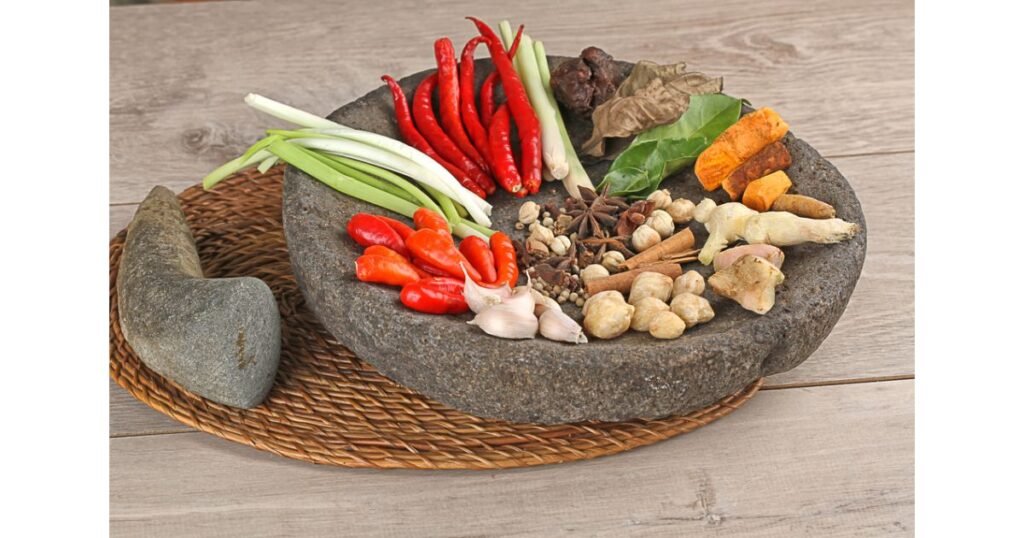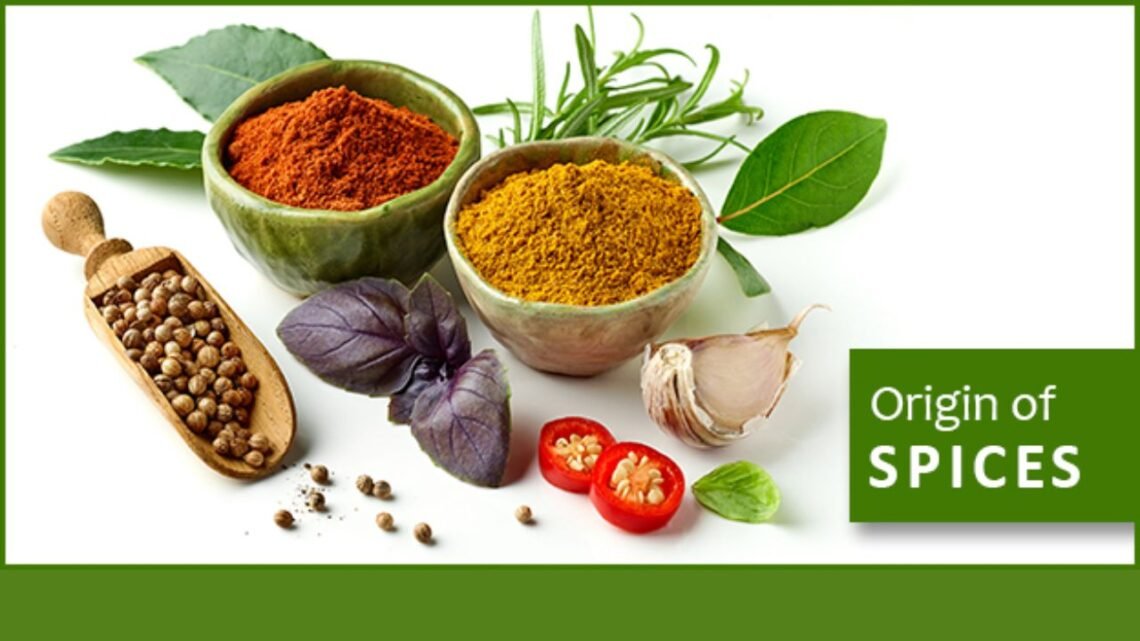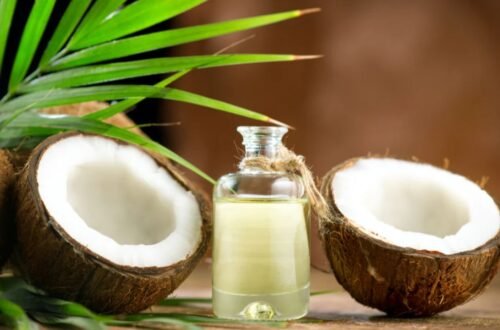Indonesia is a country known for its rich culture, diverse cuisine, and, of course, its wide variety of spices. From ancient times, Indonesian spices have played an important role not only in food but also in traditional medicine. These natural ingredients are often used as flavor enhancers in daily cooking, while also offering various health benefits. The warm, tropical climate of the country helps in producing high-quality spices that are now exported to many parts of the world. The traditional kitchens of Indonesia often use 20 jenis rempah-rempah to create authentic flavors.
Centuries ago, these spices were so valuable that they attracted foreign traders and even colonial powers who wanted to control the spice trade. Countries like Portugal, the Netherlands, and Britain came to Indonesia mainly for its spice wealth. This historical importance shows just how powerful the role of spices has been in shaping the culture and economy of the country. Today, spices are still an essential part of Indonesian life. From kitchens to herbal medicine stalls, these ingredients are deeply embedded in both culinary and health traditions. Many herbal remedies today still rely on 20 jenis rempah-rempah for their healing effects.
What Makes Indonesian Spices So Special?
Indonesian spices are known not just for their flavors but also for their healing properties. Many of these spices have been used for generations in traditional medicine to treat various illnesses. People in villages and cities alike still trust the power of natural herbs and spices to cure everyday health problems like colds, stomach issues, or fatigue. Because they are natural, these ingredients are considered safer than chemical-based treatments.
The most special thing about Indonesian spices is their multi-functionality. One single spice can be used in cooking, medicine, and even cosmetics. For example, turmeric not only adds color and taste to a dish but is also used in making traditional herbal drinks called jamu. Likewise, cloves can be added to curries and are also useful for treating toothaches. This combination of taste and treatment is what makes Indonesian spices so special and valuable.
The 20 Most Popular Indonesian Spices and Their Benefits

Below is a table of the 20 jenis rempah-rempah along with their traditional and health-related uses. These spices are commonly found in homes, traditional markets, and modern supermarkets across the country.
1. Cinnamon (Cinnamomum zeylanicum)
Cinnamon is one of the most commonly used spices in Indonesian households. It has a sweet aroma and warm taste, often added to cakes, desserts, or drinks like traditional wedang. It’s not only tasty but also healthy. Cinnamon helps reduce tiredness and can improve digestion. Some people even use it to calm the body after a long day.
2. Turmeric (Curcuma domestica)
Turmeric is a yellow root that gives color and flavor to Indonesian dishes like kari and opor. It is also used in traditional herbal drinks known as jamu. Turmeric is well known for its healing power, especially for reducing swelling and helping the stomach work better. It’s used by many people to stay healthy naturally.
3. Clove (Syzygium aromaticum)
Clove is a small, nail-shaped spice with a strong aroma. It is used in spice blends, traditional herbal medicine, and even in cigarettes like kretek. Clove can help with tooth pain and acts as a natural germ fighter. It also contains antioxidants, which protect the body from damage caused by illness or stress.
4. Nutmeg (Myristica fragrans)
Nutmeg comes from the seed of the nutmeg fruit. The spice is used in cooking and sweets, and its oil is added to perfumes and soaps. In traditional medicine, nutmeg helps people with stomach problems and is also believed to improve memory and concentration. The smell is warm and comforting.
5. Fennel Seeds (Foeniculum vulgare)
Fennel seeds are often used in soups and herbal teas. They have a slightly sweet flavor and are known to help calm the stomach. Many people drink fennel tea to reduce gas, bloating, or stomach aches. It also helps to control blood pressure and is good for overall digestion.
6. Cardamom (Elettaria cardamomum)
Cardamom is a small, aromatic seed used in rice dishes and warm drinks. It has a unique, slightly sweet taste. In Indonesia, it is often added to nasi kebuli or kopi rempah. Cardamom has natural anti-bacterial properties and helps fight infections. It’s also good for freshening the breath.
7. Aromatic Ginger / Kencur (Kaempferia galanga)
Kencur is different from regular ginger and has a strong aroma. It is commonly used in jamu and traditional remedies. Many people believe kencur can increase appetite, reduce swelling, and calm the body. It’s also great for people who often feel tired or have muscle pain.
8. Ginger (Zingiber officinale)
Ginger is very popular across Indonesia. It’s added to teas, soups, and traditional drinks like wedang jahe. Ginger is best known for warming the body, especially during rainy or cold weather. It helps with nausea, stomach pain, and also boosts the immune system.
9. Star Anise (Illicium verum)
Star anise is shaped like a star and gives a sweet-licorice flavor. It is often added to meat stews and spice blends. This spice is not just delicious, but also helpful in fighting viruses and bacteria. It’s used in herbal drinks when someone has a cold or fever.
10. Pepper (Piper nigrum)
Pepper, or lada, comes in black and white varieties. It’s one of the oldest and most widely used spices in Indonesian cooking. Pepper gives heat to the food and helps the body by clearing out mucus (like phlegm), boosting blood circulation, and keeping the body warm.
11. Vanilla (Vanilla planifolia)
Vanilla is sweet, fragrant, and used in desserts, drinks, and cakes. It’s one of the most expensive spices due to the long process of growing and harvesting it. Vanilla is known for reducing stress and giving a sense of calm. Its scent is also used in perfumes and essential oils.
12. Galangal (Alpinia galanga)
Galangal looks like ginger but has a sharper taste. It’s used in many Indonesian soups and stews like soto or sayur asem. Galangal is helpful for fighting infections, boosting fertility in men, and treating skin problems. It’s also great for easing joint pain.
13. Coriander (Coriandrum sativum)
Coriander seeds are small and round, often used in spice mixes and soups. They give a warm, nutty flavor and are known to help with digestion. They also help in fighting bacteria and boosting the immune system. Many herbal drink recipes use coriander as one of the ingredients.
14. Sesame Seeds (Sesamum indicum)
Sesame seeds are usually found on top of snacks like onde-onde or used to make sesame oil. They add a nutty flavor to food and are full of nutrients. Sesame seeds help control blood sugar and improve the body’s defense system. They’re also good for heart health.
15. Cumin (Cuminum cyminum)
Cumin seeds are used in spicy dishes like gulai or kari. They have a warm, earthy taste and are used in both cooking and traditional teas. Cumin helps reduce stress, improve digestion, and control blood sugar levels. It is also used in herbal medicine for its antibacterial properties.
16. Candlenut (Aleurites moluccanus)
Candlenuts, or kemiri, are often ground into sauces or bumbu dasar for cooking. They are also used in hair oil to make hair grow thicker and stronger. Besides being good for the hair, candlenuts support heart health and are rich in healthy fats.
17. Keluak / Black Nut (Pangium edule)
Keluak is a unique spice used in dishes like rawon (black beef soup). The nut is fermented before it’s safe to eat. It gives a rich, dark flavor to food. Keluak is believed to help prevent fatigue, reduce cholesterol, and support brain function. It’s also high in iron.
18. Tamarind (Tamarindus indica)
Tamarind is sour and used in soups like sayur asem, as well as in drinks and candies. It adds a tangy taste to food and helps with digestion. Tamarind is rich in antioxidants and is often used in herbal drinks to clean the stomach and lower body heat.
19. Andaliman (Zanthoxylum piperitum)
Andaliman is a pepper-like spice mostly found in North Sumatra. It is used in Batak dishes such as arsik or saksang. It has a citrusy, tongue-tingling flavor. Besides flavor, andaliman is used to reduce swelling, improve bone health, and protect against certain diseases.
20. Bay Leaf (Syzygium polyanthum)
Bay leaves, or daun salam, are commonly added to stews, curries, and rice dishes. They are not eaten directly but used for their aroma and flavor. Bay leaves are helpful in lowering cholesterol, calming the nerves, and keeping the heart healthy. Many people use them in daily cooking.
Spices as Daily Natural Medicine
One reason why these spices are still widely used is because of the growing interest in healthy living. Many people now prefer natural remedies over chemical-based medicine. This has brought back the popularity of jamu, traditional Indonesian herbal drinks made from natural ingredients like turmeric, ginger, and tamarind. These drinks are believed to help with various health issues, including boosting energy, improving digestion, and building immunity.
For example, a warm drink made from ginger and palm sugar is a common remedy for cold and flu symptoms in Indonesian households. Another example is turmeric mixed with honey and warm water, often taken to reduce inflammation or menstrual pain. These recipes are passed down from generation to generation, showing how strong the connection is between spices and traditional healing in Indonesian culture.
The Role of Spices in Indonesian Cuisine

Apart from health benefits, spices are deeply connected to the identity of Indonesian food. 20 Jenis Rempah-Rempah are what make Indonesian cuisine so rich, fragrant, and flavorful. From spicy sambals to flavorful stews like rendang or opor ayam, spices are the secret behind the taste. Without them, many traditional dishes would lose their character.
Each region in Indonesia has its own unique way of using spices. For example, in Sumatra, the food tends to be spicy and uses a lot of chili, turmeric, and coriander. In Central Java, dishes are often sweet and use spices like cinnamon and cloves. In Manado and North Sulawesi, strong herbs like lemongrass, ginger, and andaliman are used. This diversity in spice usage is what makes traveling and eating across Indonesia a unique and enjoyable experience.
Economic Importance of Spices in Indonesia
Indonesia’s spice industry is not just important for tradition and cooking—it is also a big part of the economy. Many farmers rely on spice crops for their livelihood. Spices like nutmeg, vanilla, cloves, and pepper are major export products and have high value in international markets. The growing global trend of organic and natural food also boosts the demand for Indonesian spices abroad.
Government and local communities have started supporting organic spice farming to ensure high-quality products and improve income for farmers. Educational programs, organic certifications, and better technology are being introduced to help local farmers grow and sell their spices more effectively. With the right support, Indonesia has the potential to become a world leader in the organic spice industry.
Final Thoughts on Indonesian Spices
Indonesia is truly blessed with an amazing variety of spices that are not only delicious but also offer many health benefits. From the warming effect of ginger to the calming aroma of bay leaves, each spice has its own special role in food and medicine. These 20 jenis rempah-rempah are just a small part of the rich natural heritage that Indonesia has to offer.
By continuing to use these spices in daily life, whether in cooking or traditional remedies, people can enjoy natural health benefits while keeping cultural traditions alive. At the same time, supporting local spice farmers and choosing Indonesian products helps the economy and promotes sustainable living. So next time you cook or make a cup of herbal drink, remember that you’re using something that has been treasured for centuries—not just for its taste, but also for its power to heal and bring people together.
Read Our More Blogs: What Are the Ash Gourd Juice Side Effects? 7 Side Effects





